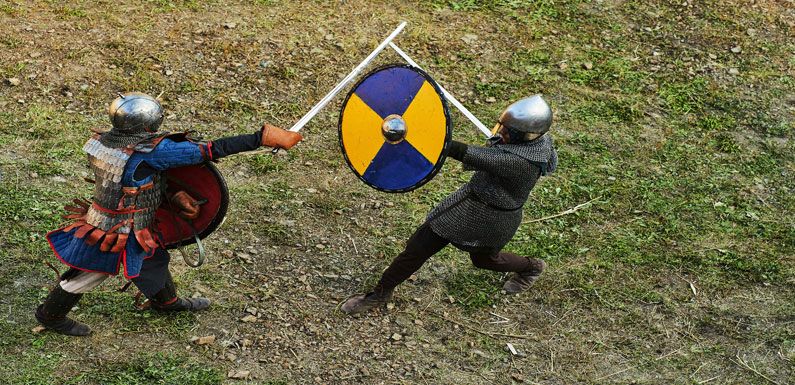Sighișoara: The Medieval Citadel
"It was a time that never was... and still is the 'Pearl of Transylvania,' the medieval town of Sighișoara."

A Journey to an Ancient Land
Located in the heart of the Târnava Mare Gorge, Sighișoara stands on an isolated hill, miraculously preserving itself as one of the most beautiful medieval towns in Southeast Europe.
You can travel to this ancient realm via national roads DN13, DN14, and DJ137, or by train, as the city has its own railway station. For a more comfortable journey, consider renting a car in Sighișoara, with or without a driver.
Sighișoara Will Captivate You
You will be enchanted by the city's appearance, which retains its medieval charm, with picturesque houses lining the cobbled streets.
Tourist Attractions
Towers
The Clock Tower is the main entry point into the citadel and a symbolic image of Sighișoara. It houses the History Museum, where you can see the clock mechanism still in working order through a large window. If you are patient and lucky, you might catch the parade of clock figurines.
Other notable towers include:
- The Bricklayers' and Carpenters' Tower
- The Tanners' Tower
- The Tin Tower with the Gallery of Marksmen
- The Goldsmiths' Tower
- The Ropemakers' Tower
- The Butchers' Tower
- The Furriers' Tower
- The Weavers' Tower
- The Tailors' Tower
- The Shoemakers' Tower
- The Locksmiths' Tower
- The Coopers' Tower
- The Barbers' Tower
- The Blacksmiths' Tower
All these towers were strategically placed along the city wall for defense and served as guild headquarters.
Churches
Sighișoara is home to several beautiful churches, including:
- The Monastery Church
- The Church on the Hill
Medieval Houses
Among the remarkable medieval houses are:
- The Venetian House
- The House on the Rock
- The Shingle House (Ewerett)
- Vlad Dracul's House
- The House with the Stag, known for the stag's head mounted on the corner of the building.
Museums
Today, visitors can explore the History Museum of Sighișoara, which features an intriguing exhibition of medieval torture devices in the Torture Chamber. Additionally, for weapon enthusiasts, the Medieval Arms Museum showcases a collection of weapons, military equipment, and techniques.
The Covered Staircase (School Staircase), built in 1662, originally had 300 steps that were covered to protect children on their way to school. Following modifications in 1849, only 175 steps remain.
The Hill School, located near the wooden covered stairs, bears the inscription Schola Seminarium Republicae and dates back to 1619.
Natural Reserves
Breite Nature Reserve
Near Sighișoara lies a unique cultural and natural monument, the Breite Reserve, which is home to the largest collection of centuries-old oak trees in Central and Eastern Europe, attracting visitors from all over Europe and beyond.
Festivals
Every summer, the Sighișoara citadel comes alive with the Medieval Festival, where knights, monks, wizards, clowns, and spirits from a fantastical world fill the narrow streets beneath the aged walls, creating an atmosphere of adventure and excitement.
Annually, in August, Sighișoara hosts the Proetnica Festival, celebrating cultural diversity with traditional dance, contemporary music, poetry, and folk performances. The event showcases art, traditional crafts, books, and publications, featuring community participation from Albanians, Armenians, Bulgarians, Czechs, Croatians, Jews, Greeks, Germans, Italians, Macedonians, Hungarians, Poles, Roma, Russians, Ruthenians, Serbians, Slovaks, Tatars, Turks, and Ukrainians, offering a vibrant display of customs and colors. Sighișoara invites you to three days of joy and entertainment.
To truly enjoy an unforgettable weekend, consider staying at one of the hotels in Sighișoara, or you can rent a room at one of the local guesthouses.
I recommend Hotel Sighișoara, where you will find 29 rooms (singles and doubles) and three comfortably furnished apartments, each with its own unique design and modern decor, along with Casa cu Cerb guesthouse.
Restaurants
But the adventure doesn’t end here... Count Dracula will greet you at the table in the restaurant "Casa Vlad Dracula."
In addition to international cuisine, the restaurant serves Romanian specialties such as “Dracula’s Prince Meal” accompanied by local plum brandy (palinca) and the famous vampire’s blood, “Vampire Wine.”
And so, I have ridden into this tale, eagerly waiting to hear your own story about Sighișoara.
